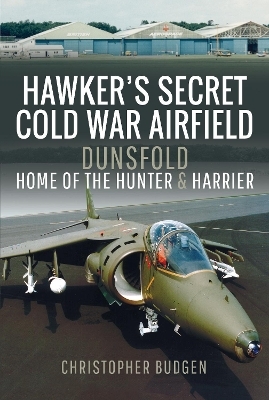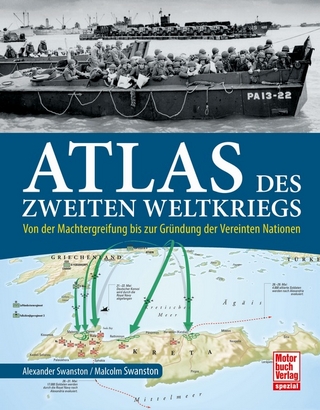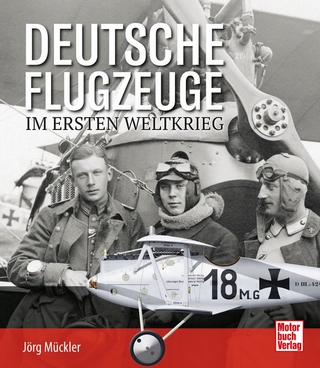
Hawker's Secret Cold War Airfield
Air World (Verlag)
978-1-5267-9800-8 (ISBN)
In 1948, Hawker Aircraft, faced with new jet projects that could not use their existing airfield at Langley, began the process of searching for alternative accommodation for their flight-testing requirements. It would, however, take three hard years before Dunsfold Aerodrome would be made available by a reluctant Air Ministry and the company was able to launch its first jet aircraft design -the Sea Hawk -into series production for the Royal Navy, closely followed by the superlative Hunter. Hawker Aircraft would go on to produce nearly 2,000 Hunters before other projects came to the fore.
As Hunter production continued in the late 1950s, the company looked to its successor -the Mach 2 capable air superiority fighter designated P.1121, though this would stall before flight in the wake of serious national financial short-falls. With the loss of its premier project, the company came upon a radical new engine proposal and schemed an aircraft around it capable of vertical take-off and landing. While many decried the proposal, claiming it would never amount to anything, the Harrier would go on to prove the nay-sayers wrong as it came into its own during the Falklands War.
Following the Harrier, Hawker Siddeley stepped into the competitive trainer aircraft market with the Hawk for the RAF. After completion of the RAF requirement, Hawk was sold into air arms across the world, including the US Navy, an incredible achievement for a UK design. British Aerospace then brought forth the Harrier GR.5, the UK version of the US AV-8B, a completely upgraded and improved Harrier.
One might expect that this prolific output was the result of some massive industrial plant in the Midlands rather than an isolated aerodrome tucked in the rural hinterland of south Surrey. Surrounded for most of its existence by secrecy, due to the nature of its work, Dunsfold has largely escaped the notice of the general public. This work shines a light on the remarkable work carried out there.
CHRISTOPHER BUDGEN has spent his life imbued with military aviation. His father and two uncles all served with the RAF during and after the Second World War. His father, Maurice, served in India on Liberators and Tempests before working for Skyways at Dunsfold during the Berlin Airlift and subsequently for Hawker Aircraft as they started production of the superlative Hunter at the aerodrome. Chris followed his father into employment at Dunsfold in the 1970s, initially working on RAF and export Hawks before moving on to Harrier and Sea Harrier. A move to Development saw him become involved in the launch of the Sea Harrier FRS.2 and the HS.125 flying test-bed, as well as numerous trials on the Harrier GR.5 and GR.7. The author of several books on the history of the area and an authority on Hawker aircraft and Dunsfold, Chris is currently engaged as archivist at Brooklands Museum specializing in Hawker and successor companies. Having spent twenty-one years working at Dunsfold, his knowledge allows him to shine a light onto aspects of the company and airfield not widely recognized. Given his family's close links to the land upon which Dunsfold was subsequently built, Chris is well-placed to tell the story of this previously closed and secretive community.
| Erscheinungsdatum | 01.12.2022 |
|---|---|
| Zusatzinfo | 50 black and white illustrations illustrations |
| Verlagsort | Barnsley |
| Sprache | englisch |
| Maße | 156 x 234 mm |
| Themenwelt | Natur / Technik ► Fahrzeuge / Flugzeuge / Schiffe ► Militärfahrzeuge / -flugzeuge / -schiffe |
| Sozialwissenschaften ► Politik / Verwaltung | |
| ISBN-10 | 1-5267-9800-X / 152679800X |
| ISBN-13 | 978-1-5267-9800-8 / 9781526798008 |
| Zustand | Neuware |
| Informationen gemäß Produktsicherheitsverordnung (GPSR) | |
| Haben Sie eine Frage zum Produkt? |
aus dem Bereich


